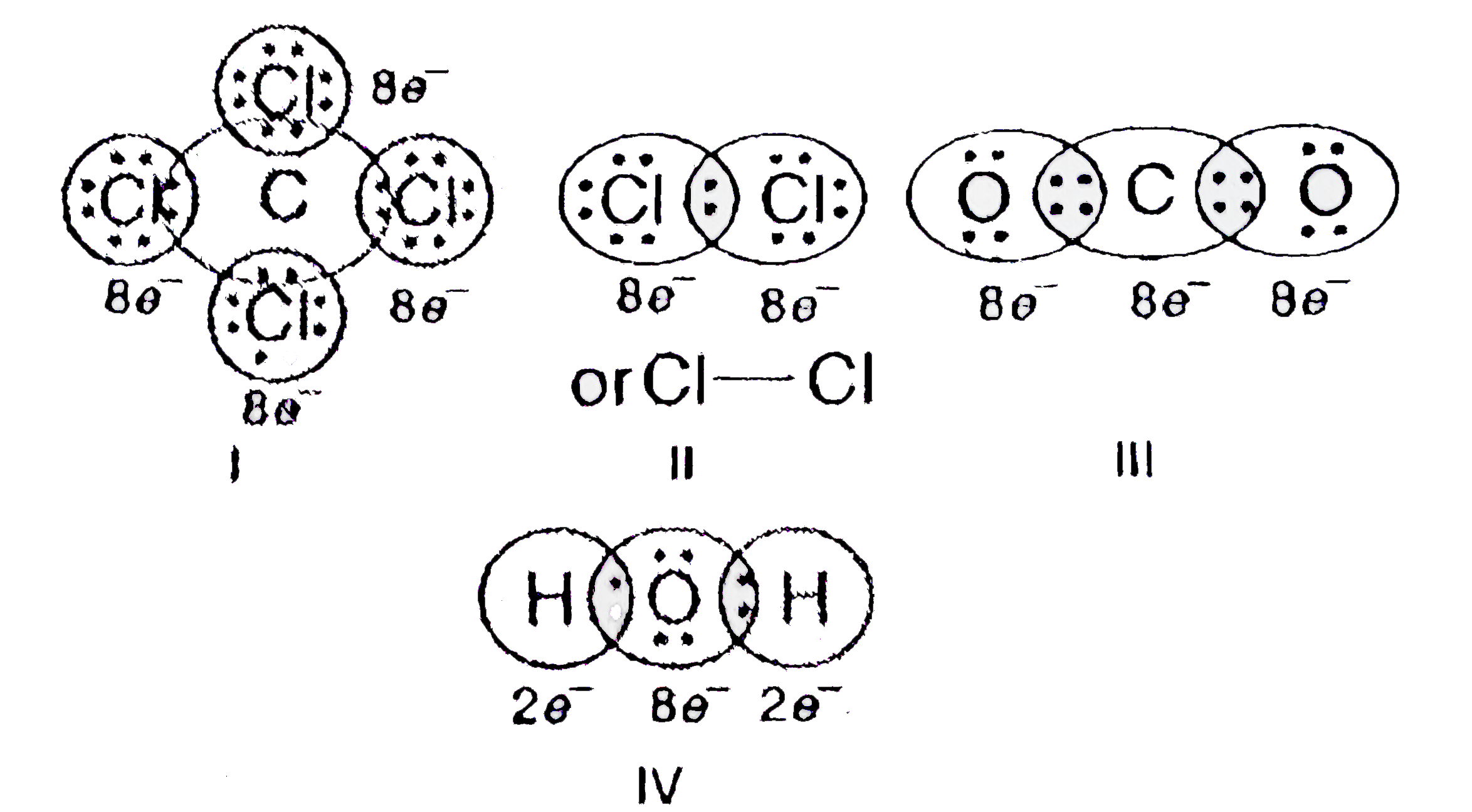Which of the following structures are homologues
Dorsal fin a Shark
Wing of a Moth
Hind limb of Rabbit
Flipper of Whale
The correct Answer is:D
To determine which of the given structures are homologous, we need to understand the definitions of homologous and analogous structures:
1. Homologous Structures: These are structures that have a common evolutionary origin but may serve different functions in different species. They indicate a shared ancestry.
2. Analogous Structures: These are structures that serve similar functions but do not share a common evolutionary origin. They arise due to convergent evolution, where different species adapt to similar environments.
Now, let's analyze the given structures one by one:
Step 1: Analyze the Dorsal Fin of a Shark
- Description: The dorsal fin of a shark is a structure found in aquatic creatures.
- Analysis: This fin serves the same function (stability in water) across different species living in similar habitats (aquatic).
- Conclusion: This is an analogous structure.
Step 2: Analyze the Wings of a Moth
- Description: The wings of a moth are used for flying.
- Analysis: Moths and butterflies have different evolutionary origins, but their wings serve the same function (flight).
- Conclusion: This is also an analogous structure.
Step 3: Analyze the Hindlimb of a Rabbit
- Description: The hindlimb of a rabbit is used for locomotion.
- Analysis: While the hindlimb of a rabbit and that of a frog serve similar functions (movement), they come from different evolutionary backgrounds (rabbit is a mammal, frog is an amphibian).
- Conclusion: This is an analogous structure.
Step 4: Analyze the Flippers of a Whale
- Description: The flippers of a whale are used for swimming.
- Analysis: The flippers are structurally similar to the forelimbs of humans, indicating a common ancestry. Despite their different functions (swimming vs. manipulation), they share a similar structural framework.
- Conclusion: This is a homologous structure.
Final Conclusion
Based on the analysis, the only homologous structure among the options provided is the flippers of a whale.
---
- Description: The dorsal fin of a shark is a structure found in aquatic creatures.
- Analysis: This fin serves the same function (stability in water) across different species living in similar habitats (aquatic).
- Conclusion: This is an analogous structure.
- Description: The wings of a moth are used for flying.
- Analysis: Moths and butterflies have different evolutionary origins, but their wings serve the same function (flight).
- Conclusion: This is also an analogous structure.
- Description: The hindlimb of a rabbit is used for locomotion.
- Analysis: While the hindlimb of a rabbit and that of a frog serve similar functions (movement), they come from different evolutionary backgrounds (rabbit is a mammal, frog is an amphibian).
- Conclusion: This is an analogous structure.
- Description: The flippers of a whale are used for swimming.
- Analysis: The flippers are structurally similar to the forelimbs of humans, indicating a common ancestry. Despite their different functions (swimming vs. manipulation), they share a similar structural framework.
- Conclusion: This is a homologous structure.
Based on the analysis, the only homologous structure among the options provided is the flippers of a whale.
Topper's Solved these Questions
- EVOLUTIONBOOK - PHYSICS WALLAHCHAPTER - EVOLUTIONEXERCISE - Level- 2
30 Videos
- ENVIRONMENTAL ISSUES BOOK - PHYSICS WALLAHCHAPTER - ENVIRONMENTAL ISSUES EXERCISE - NEET PAST 10 YEARS QUESTIONS
40 Videos
- EXCRETORY PRODUCTS AND THEIR ELIMINATION BOOK - PHYSICS WALLAHCHAPTER - EXCRETORY PRODUCTS AND THEIR ELIMINATION EXERCISE - NEET Past 10 Years Questions
24 Videos
Similar Questions
Knowledge Check
Which of the following structures is homologus to the wing of a bird?
AWing of a MothBHind limb of RabbitCFlipper of WhaleDDorsal fin of a SharkWhich of the following structures is homologus to the wing of a bird?
ADorsal fin of a SharkBWing of a MothCHind limb of RabbitDFlipper of WhaleWhich of the following structures are planar?
AXeF4BIcl−2CClF3DICl−4
Which of the following structures is/are correct?

View SolutionWhich of the following structure is aromatic ?

View SolutionWhich of the following structure is a phonoreceptor
View SolutionWhich of the following structure is smaller to graphite?
View SolutionWhich of the following structure is more stable?
View Solution
